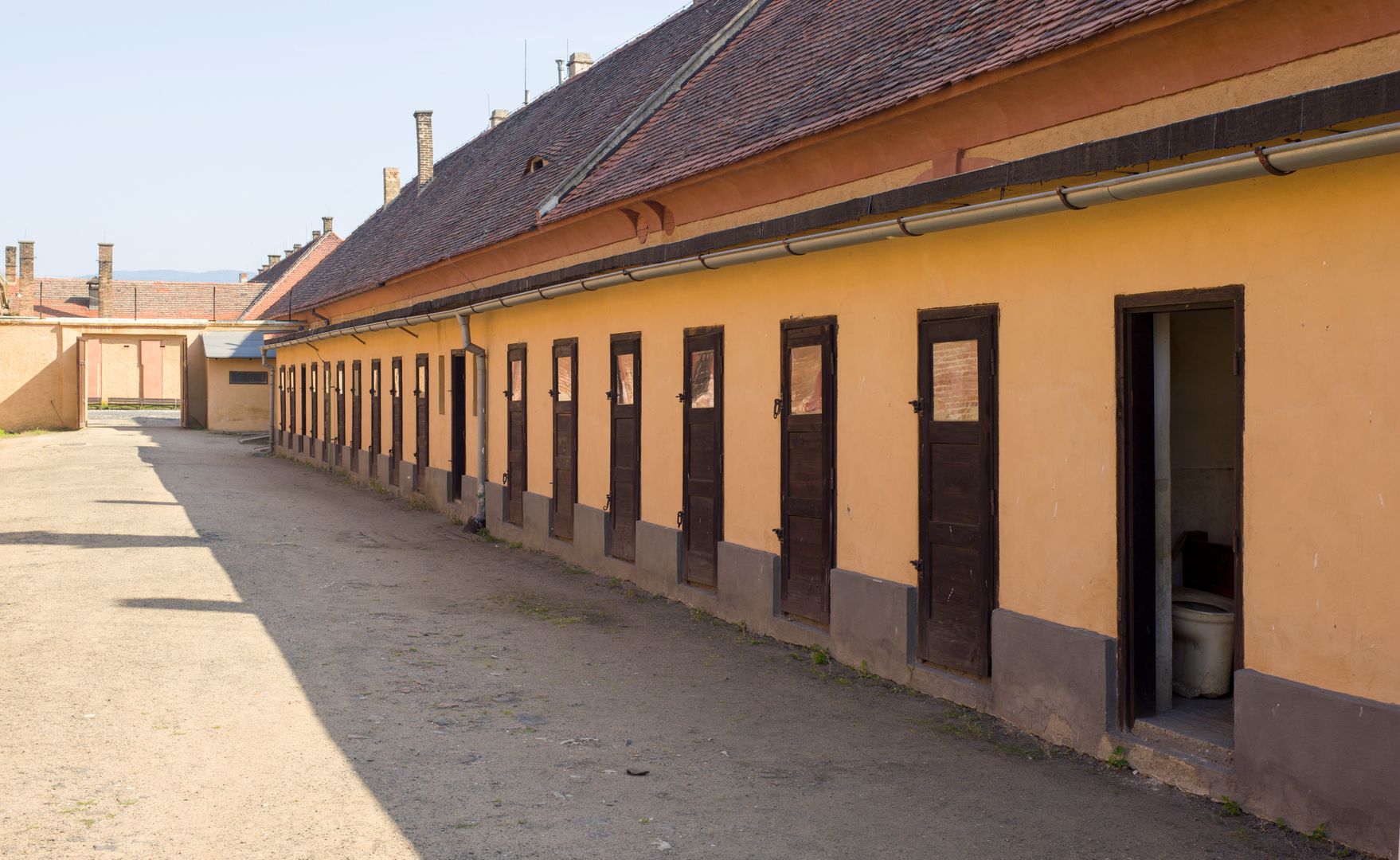Terezín
6.12

Overview
Terezin, a complex consisting of a fortified town and the Small Fortress, served tragic functions as a concentration camp and a ghetto during World War II. In November 1941, the town was transformed into a Jewish ghetto on the orders of Heinrich Himmler, where Jews mainly from the Protectorate of Bohemia and Moravia were resettled. Terezin was intended to be presented as a "model" ghetto, but in fact, it became a concentration camp with deplorable living conditions, where people died of starvation and disease. Numerous restrictions were imposed, and cultural, educational, and religious life was severely limited despite the existence of Jewish "self-government." In 1944, a Red Cross inspection was organized, which turned out to be an elaborate deception. The Germans prepared the town, showing only a clean and well-maintained section, ignoring the wave of terror that affected the prisoners. Unfortunately, their report on the camp was positive, which was used in propaganda films that portrayed Terezin as a place of dignified living. Over 140,000 Jews passed through the ghetto, with the estimated number of victims ranging between 35,000 and 60,000. After the war, the Small Fortress served as a prison for war criminals, and the town was used as military barracks for many years. It was not until 1947 that a museum commemorating the victims of this tragic place was established in Terezin, which today stands as a symbol of Holocaust remembrance. Camp commanders such as Siegfried Seidl, Anton Burger, and Karl Rahm were responsible for the brutal treatment of prisoners, and their crimes were condemned after the war. Terezin remains an important point in the history of World War II, still evoking reflection and remembrance of the tragic fate of the Jews.
Location
2025 Wizytor | All Rights Reserved